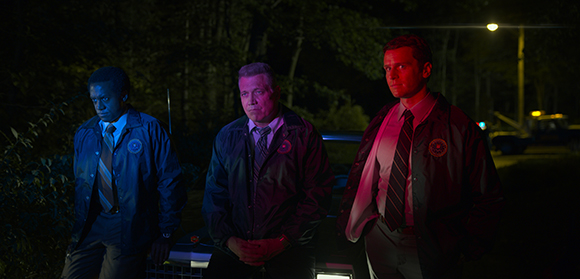Mindhunter Season 2 articles in Filmmaker Magazine and Post Magazine
Here’s an article by Filmmaker magazine with a mention of the workflow and use of ACES and Dolby Vision.
Thanks to Filmmaker and author Matt Mulcahey!
Enjoy!

“If a Director Feels the Need to Move the Camera Simply to ‘Make It Interesting,’ It’s Likely an Indicator the Scene Itself Isn’t That Interesting”: DP Erik Messerschmidt on Mindhunter, Season Two | Filmmaker Magazine
When David Fincher transitioned from music videos to feature films in the 1990s, the descriptors
“If a Director Feels the Need to Move the Camera Simply to ‘Make It Interesting,’ It’s Likely an Indicator the Scene Itself Isn’t That Interesting”: DP Erik Messerschmidt on Mindhunter, Season Two
UPDATE!
Here’s another article in Posts Magazine covering Mindhunter, Season Two, that also discusses workflows and ACES.
The show’s second season developed a workflow that included HDR monitoring on-set.
“We were able to monitor at 600-nits in HDR in Dolby PQ gamma, but in 1080, so it’s regular HD resolution,” he explains. “I was primarily worried about color gamut and gamma, in terms of QC…so resolution actually isn’t so important to me in that instance — but contrast and color gamut are.”
The production and post team created an ACES workflow throughout — from capture and on-set monitoring into post for editorial, the DI and conform. Even though they are capturing in 8K, they are seeing a live debayer in 1080.

“The camera does a debayer and then you can put that debayered image into any encoded space you like,” Messerschmidt explains. “In our case we have the camera output ACES CC, which is essentially ACES log…Then we apply a transform in the monitor to that ACES log and we transform it into Dolby PQ HDR and Rec 20/20. We built a series of LUTs that allowed us to monitor it in PQ and Rec 20/20.”
The colorist can then focus on creatively graded the footage, knowing it is arriving with a look that represents what was intended during acquisition.
